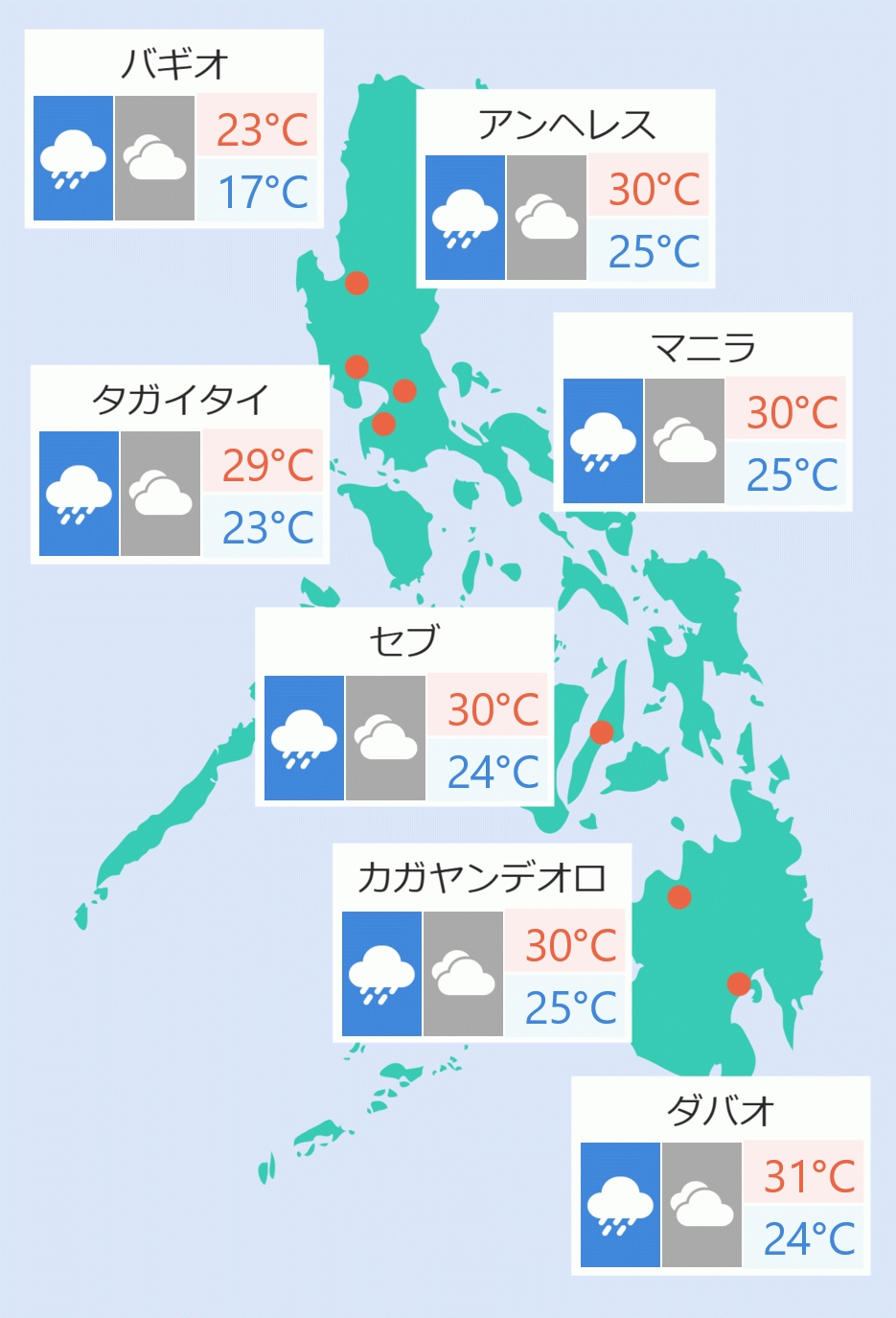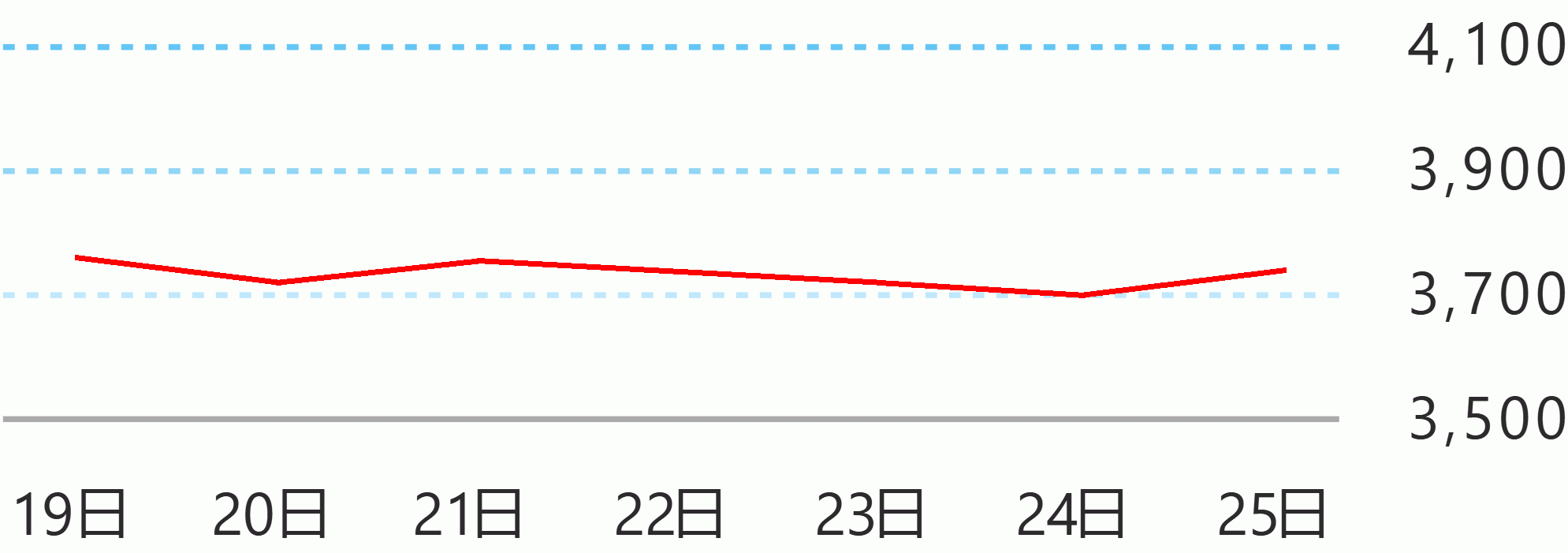The Department of Agriculture (DA) is pushing for the construction of deep piers intended for large ships to lessen the logistics cost of farm inputs such as fertilizers that in the end could lower the cost of producing rice in the country.
Assistant Agriculture Secretary Arnel de Mesa said the Philippines is trying to be competitive compared to its Southeast Asian neighbors in terms of producing rice that’s why the DA is working to lessen the cost of logistics of farm inputs.
De Mesa said in a news forum in Quezon City that Vietnam, for instance, is producing P6 per kilo of rice, while the Philippines produces a kilo of rice at P12 to P14.
Labor is the major cost component in producing rice, and labor cost is at a premium in the Philippines, the DA official said, adding that’s the reason for the passage of the Rice Tariffication Law, which allocates P10 billion annually under the Rice Competitiveness Enhancement Fund (RCEF).
Five billion pesos, or 50 percent, he noted, goes to farm mechanization aimed at lowering the labor cost component in producing rice.
“Mahal din iyong input sa atin dahil iyong logistics, iyong binabanggit palagi ni Secretary Tiu Laurel iyong fertilizer na dadalhin ng Mindoro manggagaling pa iyon ng Bataan, so bago makarating iyong fertilizer from Bataan to Mindoro na nakailang lipat iyong tracking ang laki ng gastos,” De Mesa said in a news forum in Quezon City.
“So, kung mayroon tayong deep na pier ? iyong malalim na pier, ang tawag nila nga doon ay panamax ba ? malakihan, puwedeng doon na dalhin directly iyong barko, magdaong mas malaki iyong matitipid ? bababa about P15 to P20 immediately iyong presyo ng inputs,” he added.
De Mesa said that aside from improving logistics, the DA is also focusing on enhancing the distribution system, as well as post-harvest facilities to make the country’s agriculture sector more competitive.
According to the DA official, the agency targets to attain much higher rice productivity, noting that currently, the national average is only at 4.1 metric tons per hectare.
Nueva Ecija, the country’s rice granary, produces six to eight metric tons per hectare, he said, noting there are many areas in the country that are producing three to four metric tons per hectare because of limited use of high-yielding varieties, irrigation, and fertilizer due to high input cost. Presidential News Desk





 English
English









